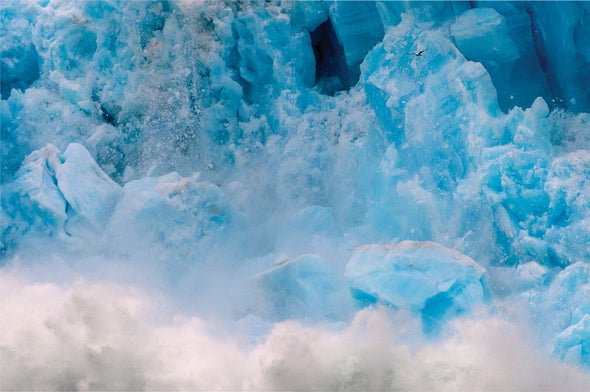On Banks Island in Canada's Northwest Territories, more than 4,000 slow-motion landslides are creeping downhill as thawing permafrost slumps and crumbles. In Siberia, warming earth is allowing underground methane seeps to breach the surface and explode, leaving craters up to 40 meters wide.
Across the Arctic, striking change is the new normal, as is incursion by countries and businesses. Construction, oil and natural gas extraction, shipping and tourism are all on the rise. Climate and human activity are leaving a mark on nature and on the four million people who live in the region.
As interactions widen, science will be important for informing agreements and policies, especially concerning disaster preparedness, environmental protection, economic opportunity, food security, human health and community resilience. Indigenous peoples may be among the most valuable experts. For years they have closely tracked shifting temperatures and receding ice cover, trekked mountains and forests, followed caribou herds, fished seas and maintained biodiversity. Their communities and cultures are also the ones most affected by coming development.
Some indigenous leaders say the Arctic should be governed by cooperative organizations and rules that transcend political boundaries. For example, land and marine spatial planning across large expanses could lay out rights for people, environmental protection and means for constructive dialogue. Ultimately, they say, sustainable use of the future Arctic depends on a healthy environment and a healthy community.



